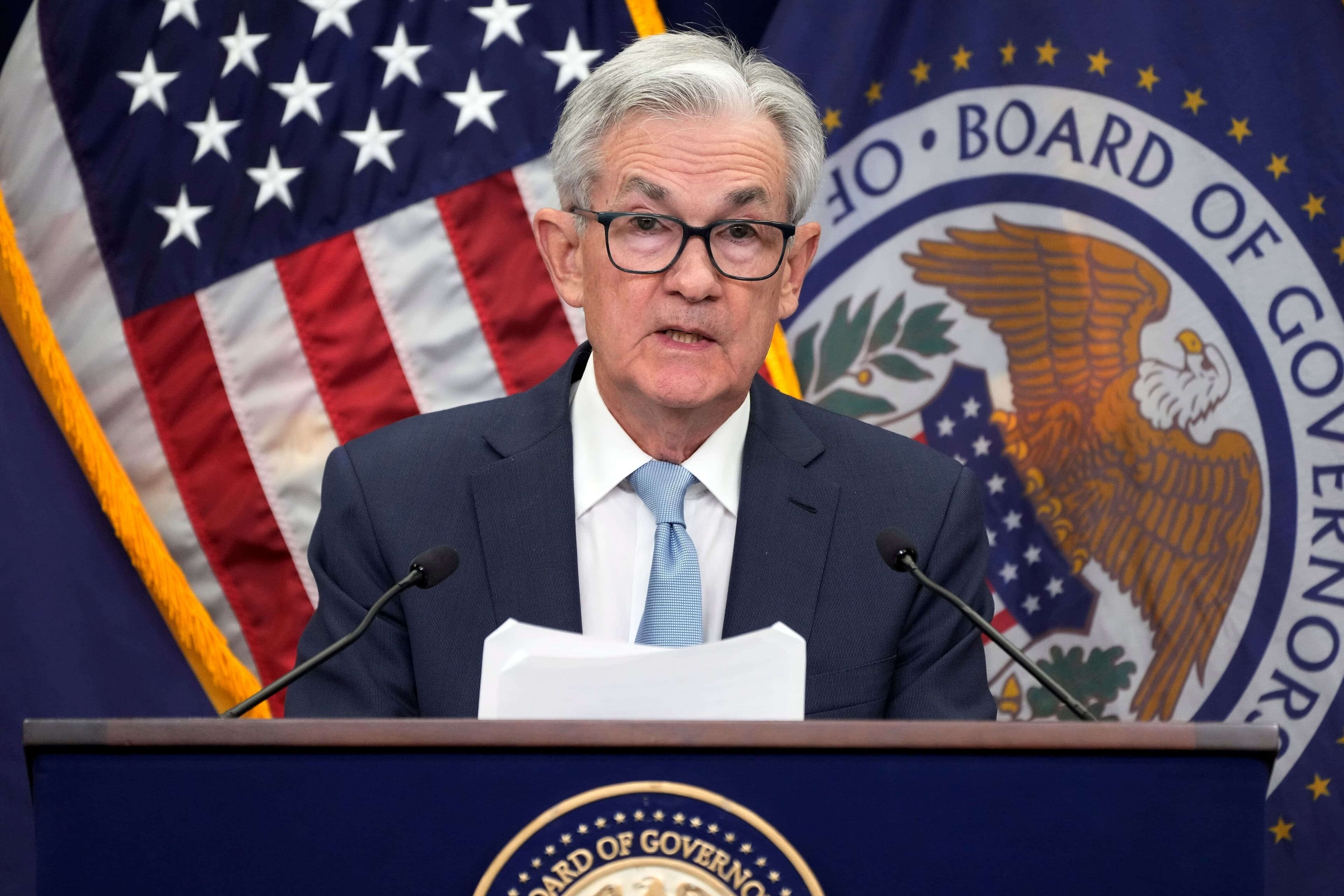Speculative "Powell" Statement from 2047 Sparks Online Discussion Amidst Current Rate Cuts

A cryptic social media post, attributed to "roon" and dated November 2047, has presented a heavily corrupted statement purportedly from "Powell" concerning "the rates." The garbled text, reading "t̸̢̬̰͇͔̗̟̬̘̜͊̆̆̇̔͑͗̌̓̋̊͊̽͆͆͛̐̽̄̏͆̓̈́͐̿͒͊͋̇͘̚͝͠͝ḩ̵̛̻̈́̀̑͆̏̉́͆̒͗̐͂̌̓̔̈́̄̿͐̆̅̂̈́̎̒̌̈́̃̕͘͝ȩ̴̨̜̘͚̝͈̲̹̃̍̈́̽̇̓̈̀͆̎̄͌̅͑̒̿̈́͛̿͆͂̚̕ ̵̢̧̨̛̖̙̘̻͉̹̰̺̪̟̗͙͂̒̉̇͌̈̈́̂̊̆̽͛͗͂̂̉͗̌͐͊̂̐͋̅́́̄͘̚͝͝͝r̴̨̤̯̼̝̜͕̳͖̮͎̒͆̒̑̒́̔͛̈́̀͆̆͊̈͝͝͝a̸̢̛̭̥͈̪̖̣̱̺̦̺͙̗̣̳͚̯̫̖̘̘̺̤͎͈̬͚̫͂̒͛̄̏̆̏̾́̆̉̈͋̾̒̿̌̍̃̊̍̏͛͊͘̕̕̕̕͘͘͜͝ͅͅt̵̢̢̢̧̛͔̗̟̩̟̖̦̖͇̗̦̲̥̱̩̝͎͙̫̱̩͛͛̈́̈́̔͒̈́̄̍͐̋͌̓͆̎͐̈́̄͆͐͘͘̕̚͜͝͠͝e̶̢̢̢̛̗͙̼̮̗̲͓̘͇̲͚̮͇͉̦̙͈͙̬͉͖̠͚͓͚̘̳̹̗̗̼͙̳̿̂̽͊̓̄̀̌̏͜͜͜͝s̶̢̢̛͚̝͕̦̻̩̹͈̝̦̝̩̠͇̫̖͎̙̯̠̠͓̣̞̝̲̟̀̈̾̍́̂́́̓͆̽̐̈̈́̓̍̍̀̏̈́͐̍̍̏̿͒͐͘͘̚͜͝͠͝ͅͅ," offers a speculative glimpse into a far-off economic future. This comes as current Federal Reserve Chair Jerome Powell continues to navigate immediate monetary policy challenges. The tweet's distant future date places it firmly in the realm of speculation, contrasting sharply with the immediate economic realities faced by central banks today. Jerome Powell, as the current Chair of the U.S. Federal Reserve, is a pivotal figure in global finance, with his statements on interest rates closely scrutinized by markets worldwide. The Federal Reserve's decisions on the federal funds rate directly influence borrowing costs for consumers and businesses, impacting everything from mortgages to corporate investments. Just recently, on October 29, 2025, the Federal Reserve cut its benchmark interest rate by 25 basis points, bringing it to a range of 3.75% to 4.00%. This move, the second rate cut of the year, was largely driven by concerns over a softening labor market and despite an ongoing government shutdown that has hampered the availability of official economic data. Chair Powell indicated that a further rate cut in December 2025 was "not a foregone conclusion," highlighting differing views within the Federal Open Market Committee (FOMC). The current economic landscape is marked by debates over inflation, labor market health, and the impact of tariffs on consumer prices. Powell noted that inflation, excluding tariffs, is "not so far from our 2% goal," suggesting a nuanced approach to policy. In contrast, the 2047 tweet, with its corrupted text, hints at a future where the clarity of economic communication might be compromised or where "the rates" could be a subject of significant, perhaps even unsettling, discourse. While the tweet from "roon" is clearly a piece of speculative social commentary, it underscores the enduring public interest in central bank policy and the potential long-term implications of current economic trends. The contrast between the precise, albeit cautious, language of today's central bankers and the garbled future message serves as a stark reminder of the uncertainties inherent in long-term economic forecasting.